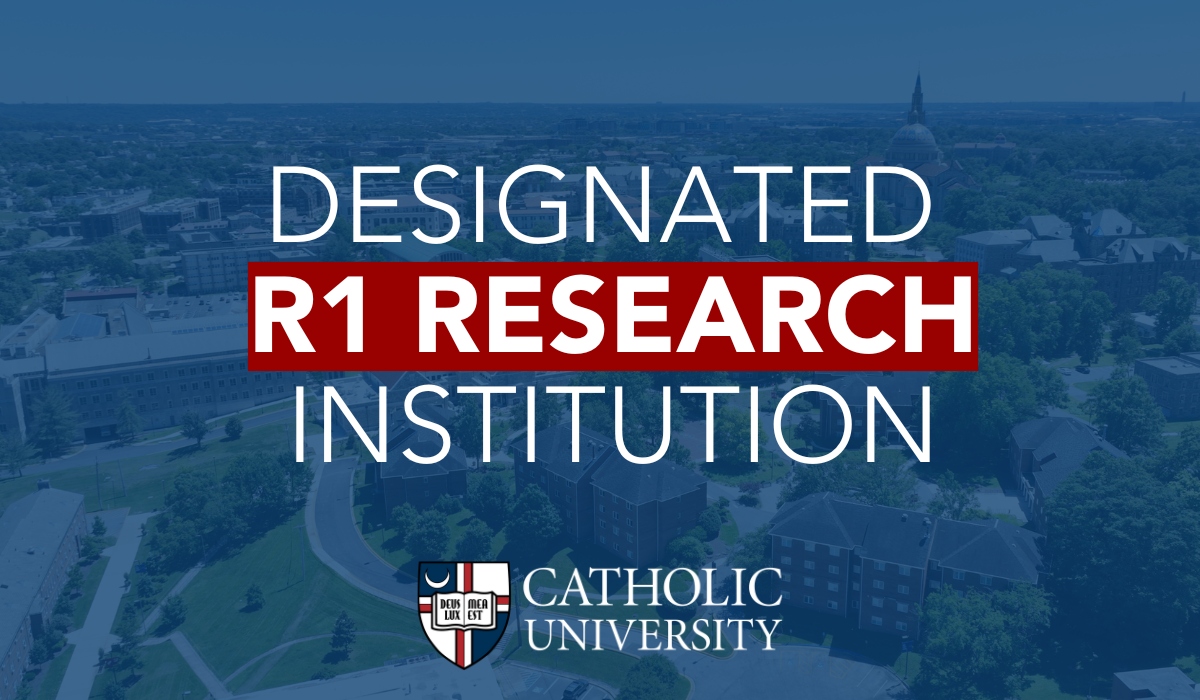Catholic University astrophysicists Michael Corcoran and James Reeves have been appointed to join an international team of researchers advising the observations of an X-ray space telescope scheduled for launch this spring. With only 20 Guest Scientist spots available worldwide, having two of the four proposals submitted by University researchers accepted is significant.
The X-Ray Imaging and Spectroscopy Mission (or XRISM, pronounced “chrism”) is a joint mission of NASA and the Japan Aerospace Exploration Agency (JAXA) with support from the European Space Agency. Reeves and Corcoran are assisting the full XRISM science team in recommending research. Once XRISM is launched and operational, each scientist on the visiting team will work with data from one specific astronomical observation.
XRISM will be the only telescope of its type in orbit and will house state of the art detectors, including a calorimeter called Resolve. The unprecedented precision of Resolve will be supplemented by another instrument called Xtend, which has a field of view that is 150 times wider.
“XRISM will be the most sensitive instrument yet to measure high energy x-rays from outer space,” said Reeves. “It could be an instrument that revolutionizes many different areas of astronomy,” explaining that their roles as guest scientists gives them the early access necessary to be leaders in those discoveries.
“In the initial period after the launch, only those scientists that have been selected to work on the different targets will have access to the data,” said Reeves, adding that research proposals are expected to be opened to the public by the end of 2023.
Corcoran traveled to Japan recently to meet the XRISM science team for the first time, with Reeves joining the research discussion meetings remotely. Both said that they are extremely excited about the international collaboration during this planning stage and are eagerly awaiting the satellite’s launch.
Reeves and Corcoran said that data collected by XRISM will be critical in expanding our understanding of the universe. Cosmic objects—such as the supermassive black holes Reeves studies and the binary star systems at the heart of Corcoran’s research— emit distinctive X-ray radiation that can be detected to reveal qualities such as chemical composition, mass, heat, and the velocity of observable phenomena.
“The black hole is black but material, as it falls in, heats up and glows,” said Reeves. “And you can measure that glow very precisely with the new instruments, so you can study black holes with a lot more accuracy than we've been able to previously.”
Corcoran is hoping to use XRISM to expand on his studies of Eta Carinae, a double star or binary system famous for the brilliantly bright 19th century “Great Eruption.” Thick stellar wind from one of the stars obscures views of the other, but Corcoran said that the sensitivity of XRISM's instruments to X-ray emissions will help peer through the cosmic dust.
“The calorimeter should give us the finest X-ray spectra we’ve ever seen,” said Corcoran.
Reeves and Corcoran both said that the data from XRISM can be combined with observations from other instruments such as the James Webb Space Telescope that detect different wavelengths on the electromagnetic spectrum. This will allow scientists to take deeper and richer snapshots of the universe.
Corcoran and Reeves said that their two-year term will come with funding for their studies and they are hopeful that each of them will be able to have graduate students work with them on their respective projects.
“I'm hoping to involve Catholic University students in the data analysis,” said Corcoran. “I think this is a great opportunity and would make a really good thesis project.”
Interested in hearing more about advances in astrophysics? Visit the Department of Physics website to learn more about our researchers and program offerings: https://physics.catholic.edu/



